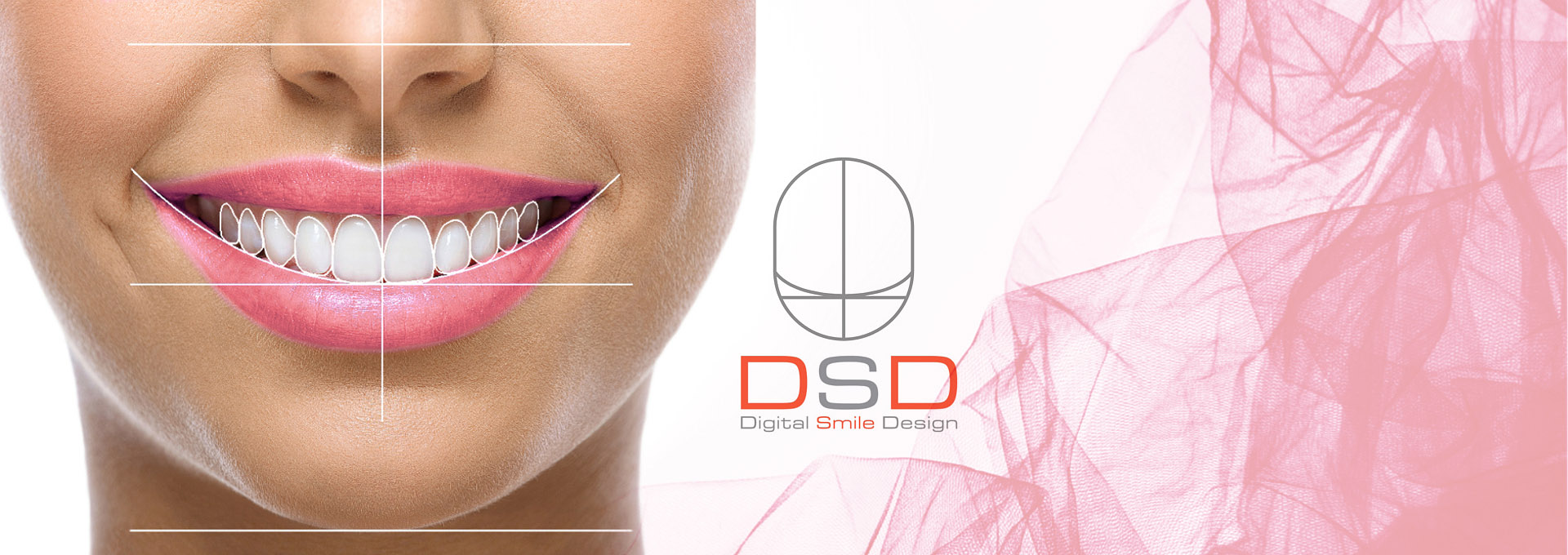Description
Friday, Sept 15, 2017
9am-4pm • Lunch Provided
Hazeltine National Golf Club
The esthetic function integration has always been one of the major objectives and challenges of a dental rehabilitation. The goal of this lecture is to share our learning curve on the process of becoming a modern clinician/technician, smile designer, and treatment planner.
The process of designing a smile that combines esthetics and function evolved from a disciplinary process into an interdisciplinary one. It also moved from an afterthought process to something planned from inception. The philosophy of a facially driven treatment plan expresses exactly that. That is why we work first on a facially driven smile design project before brainstorming the treatment plan and developing the negotiation between biology, function, and structure into the esthetic project.
One of the challenges of the smile design process has always been the link between the face and the working model. As a technician I always had the feeling that I was developing wax-ups “lost in space.” Even when working with articulators and face-bows, the facial esthetic integration was never totally transferred to the technician, generating excessive intraoral adjustments for the dentist to improve facial harmony. Digital dentistry came to help us in this process, creating a link between the patient’s face and the lab design. The evolution of this process and the trends for the future will be presented, moving us from analogue to digital and from 2D to 3D.
The integration of motion in the process of designing esthetics and function is also vital. From simple smartphone videos to 3D facial scanners with movement, Facial and lip dynamic analysis and jaw motion are now part of the process.
Developing naturally looking smiles is also a great challenge for smile designer. The new concept of copying nature through scanners and using natural algorithms is a reality that will change the restorative world for better, simplifying complex handmade procedures with a complete digital workflow.
Customizing smiles and integrating them, ethically, with function, biology, facial, and emotional aspects of the patient is our ultimate goal.
ABOUT DR. COACHMAN
Dr. Christian Coachman graduated in Dental Technology in 1995 and in Dentistry at the University of São Paulo, Brazil in 2002. He is a member of the Brazilian and American Academy of Esthetic Dentistry. Moreover, Dr. Coachman attended the Ceramic Specialization Program at the Ceramoart Training Center, where he also became an instructor.
In 2004, Dr. Coachman was invited by Dr. Goldstein, Garber, and Salama, of Team Atlanta, to become Head Ceramist of their laboratory, a position he held for over 4 years. Dr. Coachman worked with many leading dentists around the world as Dr. Van Dooren (Belgium), Dr. Gurel (Turkey), Dr. Fradeani (Italy), Dr. Bichacho (Israel), Dr. Ricci (Italy), and Dr. Calamita (Brazil).
Currently divides his time between his family Dental Clinic in São Paulo, Brazil, together with his father and brother, and the Digital Smile Design HQ in Madrid, Spain. He is the Director of the DSD Residency program with continuing education courses for dental professionals from all over the world. He also works as a consultant for dental companies and offices, developing products and implementing concepts and has lectured and published internationally in the fields of esthetic dentistry, dental photography, oral rehabilitation, dental ceramics and implants. He is the developer of techniques such as the Pink Hybrid Implant Restoration, the Digital Smile Design and the Virtual Lab concepts.
